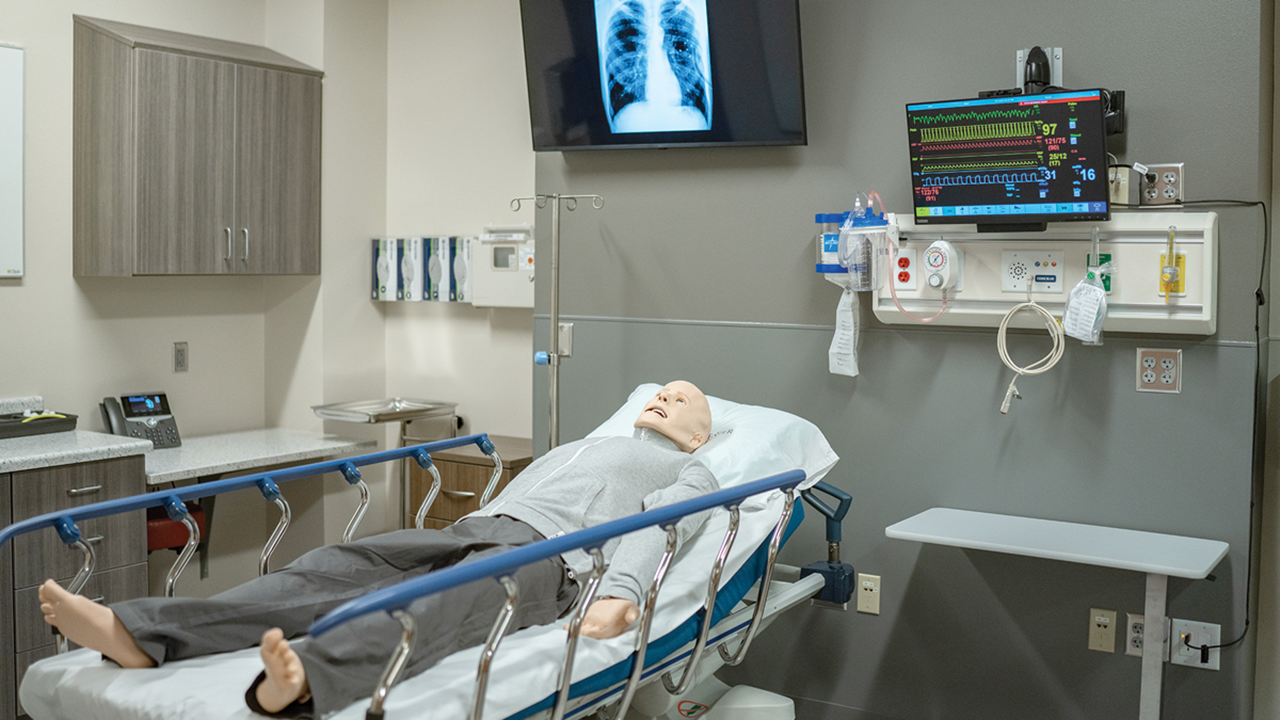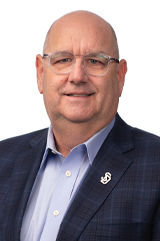Behind the Technology, Operations of the Parry Center

At the helm of all these intricate workings is Brian Wallenburg, the Parry Center’s simulation operations specialist. Wallenburg was hired as one of the center’s inaugural employees in 2012, bringing with him decades of experience as a paramedic and instructor for Sanford Health and the U.S. Army, while serving with the Iowa National Guard.
The center’s busy schedule is rife with Wallenburg managing systems, troubleshooting equipment, creating training plans with faculty and configuring simulators, manikins and schedules so the center’s assets are available and ready for learners.

An instructor himself, Wallenburg holds a clinical instructor designation in the Department of Family Medicine and teaches chest tube placement, arterial blood sampling, intubation and advanced cardiac life support classes. He estimates he’s certified 1,500 new people with advanced cardiac life support (ACLS) in the past 10 years.
He also facilitates faculty and professional development, plans simulation scenarios and manages the center’s materials for use by the Sanford School of Medicine as well as for the USD Physician Assistant Program and Department of Nursing.
As a non-revenue generating entity, the Parry Center strives to engage with programs that have an interest in getting more people into the health care field. It is available for use by medical students, allied health program students, physicians, undergraduate students and other outside entities. The Parry Center is accredited by the Society for Simulation in Healthcare (SSH) and Wallenburg is individually certified as a Certified Healthcare Simulation Operations Specialist (CHSOS).
“It’s my hope that the center prepares learners and builds confidence, resulting in better teamwork and open communication among all levels of health care providers,” Wallenburg said. “And, of course, the end game is to provide better outcomes for patients.”



